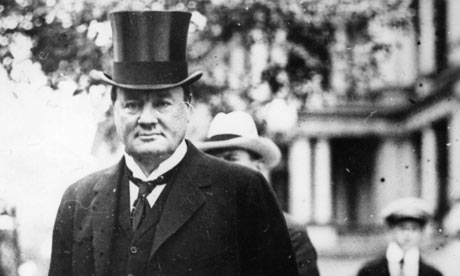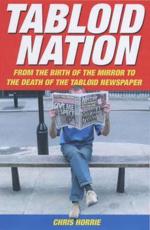 After three weeks working as a sub editor and working on production for Winol, I have decided that it is time for me to evaluate the work we have done. Now that I know the work that needs to go in to the weekly bulletin, the different sections coming together and how the bulletin can look, I feel I can now have valuable input.
After three weeks working as a sub editor and working on production for Winol, I have decided that it is time for me to evaluate the work we have done. Now that I know the work that needs to go in to the weekly bulletin, the different sections coming together and how the bulletin can look, I feel I can now have valuable input.For as long as I can remember I have wanted to write for features on a magazine. This was all I thought I would ever want to do but after working on production for four bulletins I have found another facet of journalism that I like to work on. It may be the fact that the craziness is happening around me and that the jobs I do, I feel, won't mess the bulletin up too much, or it may be the buzz around the room and the studio doing rehearsals and going live; but I really enjoy production. I enjoy watching the different sections come together to create a bulletin, I really like being a part of it and I love the feeling when the bulletin is done, recorded and ready to be uploaded. It is a sort of "phew, it's done and I didn't mess it up" kind of feeling.
Now that I know what has to be done and I am starting to understand why we include some items and why we do not include other, why we do it in one order etc. I feel my contribution can now be correct and that I am not criticising a point that has been done correctly.
To begin with I'll start with the negatives as you will finish reading my piece happy. There were a few black holes again. This can easily be fixed with the packages being left to run a couple seconds more to allow the mixer to click back without a black hole. A simple problem but we should not be having them in our fourth week now.
The audio levels in some packages were not correct. Again this is something we should not be doing in our fourth week but can easily happen. We just need to take more care when setting up the camera for an interview that we check the audio levels.
In Stuart Appleby's piece there was a shot of the pavement with puddles. It lasted for about eight seconds and juse made me a little bored. It did not go with the story at all and even though writing came after it and it was used for a background I believe there could have been better backgrounds used.
In the same package, it opened with a guilty building. I believe it was hard to get many shots because of the nature of the story but it was another guilty building.
Lastly, Jake Gable, the news presenter was situated in the middle of the screen. I would prefer him to be sat slightly to the right. Meaning that his head didn't interrupt the title, "Winol News," but that Jakes head was right next to the letter, 's'. I know that this may not be popular and that it would leave open space to the left but I just prefer it that way.
Now, the good news. I think that it was nice to have two new presenters and I think that Karen Purnell and Jake Gable did really well. In Stuart Appleby's piece he did some really good sequences of the woman he was interviewing. This was better than more guilty buildings.
I also really liked the interview of Joey Lipscombe in the news room. It was different and allowed a story to be shown without making a package of it.
Lastly, I love the feature at the end. We did it last week and again this week and it leaves the viewer with a bit of colour. It also advertises the Winol website where the viewer can see the full feature and re-view the bulletin again. If these wern't included in the bulletin, the viewer may not know about them and only view the bulletin.
Below is a link to watch the bulletin for yourself, enjoy.




